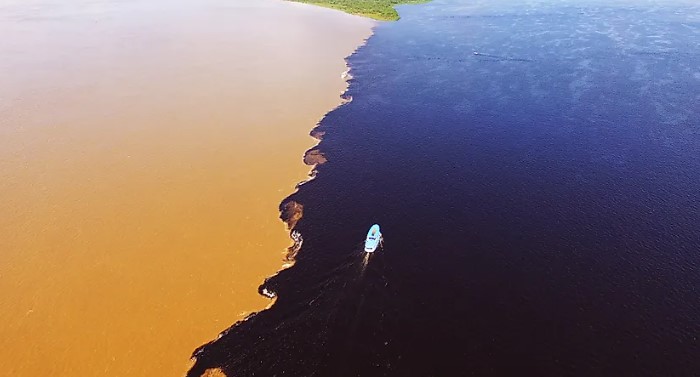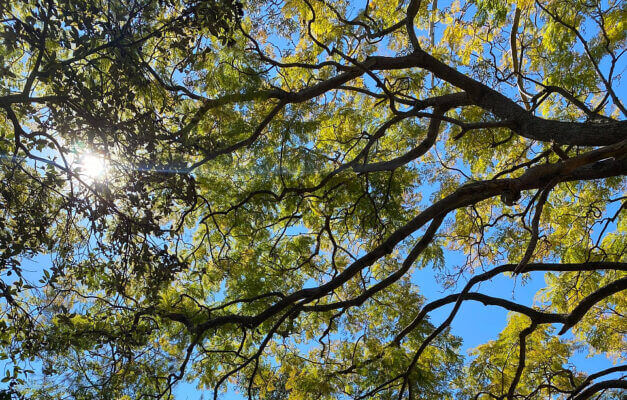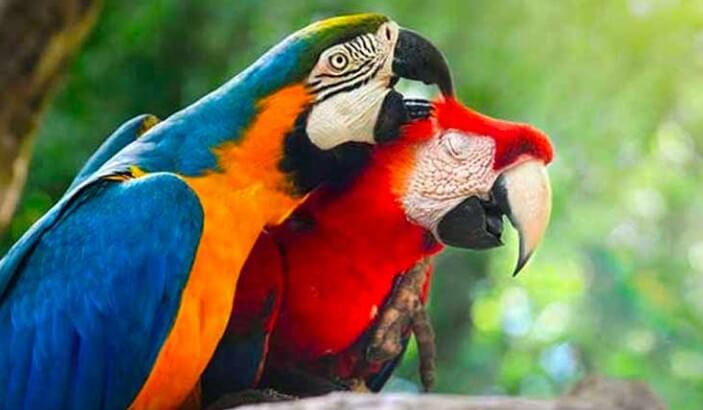The Amazon River, often referred to as the “lifeline of South America,” is one of the most magnificent and ecologically diverse waterways on our planet. Stretching through various countries and providing life to the expansive Amazon rainforest, this river is a topic of great curiosity and wonder. In this information, we will delve into various aspects of the Amazon River, from its origin to its significance, and everything in between. So, let’s embark on this virtual journey to discover the secrets of the Amazon.
Why South America is called the land of extreme?
South America is often referred to as the “land of extremes” due to its remarkable diversity in geography, climate, and culture. This vast continent boasts some of the world’s most extraordinary features, from the towering Andes Mountains to the expansive Amazon rainforest. It is home to the world’s longest river, the Amazon, and the driest desert, the Atacama.
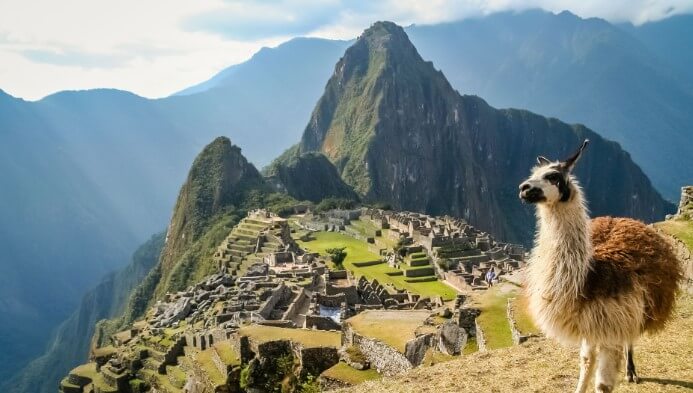
Why is South America so special?
South America’s unique landscapes and ecosystems support an array of flora and fauna found nowhere else on Earth. Moreover, the continent’s cultural richness, with a mix of indigenous traditions and colonial influences, adds to its captivating allure. The combination of these remarkable elements makes South America a land of unparalleled extremes, offering a thrilling and unforgettable experience to all who visit or call it home.
What is South America best known for?
South America is best known for its stunning natural wonders, including the Amazon rainforest and the Andes Mountains, as well as its rich cultural heritage and vibrant music and dance traditions.
Why is the Amazon called the Amazon?
The Amazon River is named after the Amazon Rainforest, which it flows through, and it is believed that the name “Amazon” comes from the legendary female warriors of Greek mythology known as the Amazons.
What Countries Does the Amazon River Flow Through?
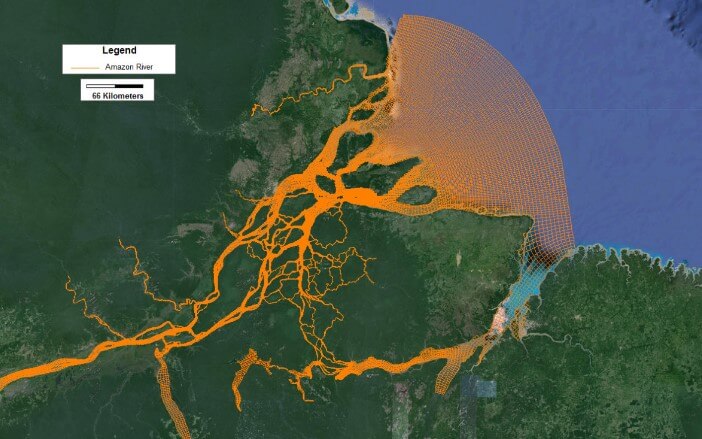
The Amazon River flows through several countries in South America, including Brazil, Colombia, and Peru. Its vast basin also touches smaller parts of Ecuador, Venezuela, Guyana, Bolivia, and Suriname, making it a truly transcontinental river.
Amazon River Length and Basin
The Amazon River is approximately 6,575 kilometers (4,086 miles) long, making it the second-longest river in the world, just after the Nile. The Amazon Basin, which encompasses the river and its tributaries, spans over 7 million square kilometers, covering a significant portion of the South American continent.
The Amazon River’s Origin
The Amazon River’s primary source is found in the Peruvian Andes, near the Quechua-language-speaking mountain of Nevado Mismi. As the river begins its journey, it winds its way through the dense rainforests, gaining volume from numerous tributaries along the way.
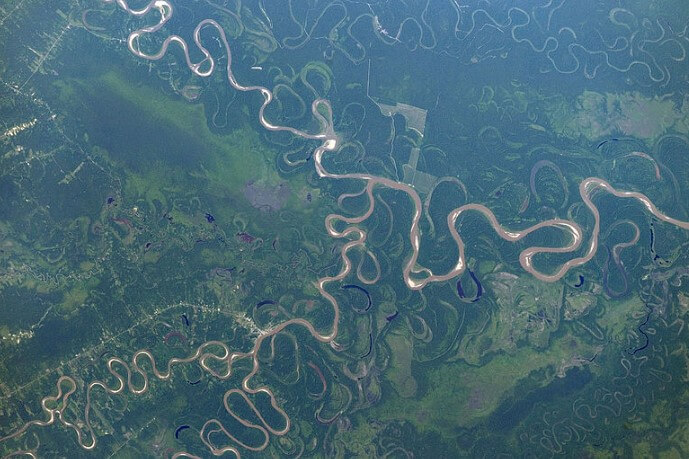
The Direction of the Amazon River Flow
The Amazon River generally flows from west to east across South America, eventually emptying into the Atlantic Ocean.
The Amazon Basin of South America
The Amazon Basin is the largest rainforest basin in the world, covering approximately 40% of South America. It is home to unparalleled biodiversity, with numerous plant and animal species found nowhere else on Earth.
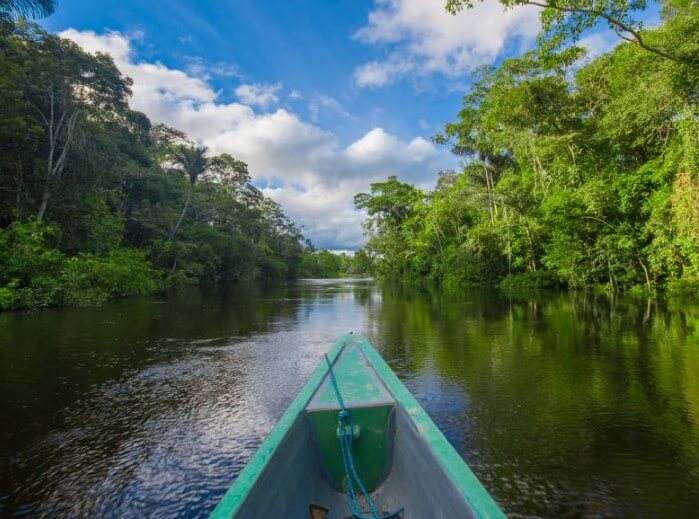
Why is the Amazon River So Big?
The Amazon’s immense size can be attributed to its vast network of tributaries, which collect water from an extensive drainage area. The region’s heavy rainfall and tropical climate also contribute to the river’s impressive flow.
Swimming in the Amazon River – A Cautionary Note
Swimming in the Amazon River is not recommended due to the potential dangers posed by strong currents, predatory wildlife, and waterborne diseases. The river is best appreciated from the safety of a boat or a well-guided tour.
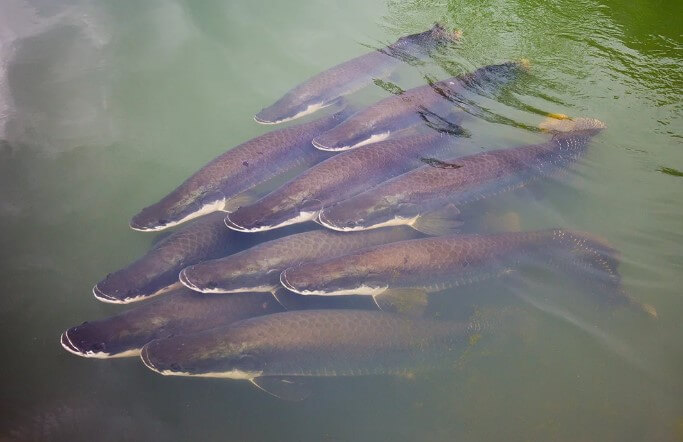
Amazon River Facts and Figures
The Amazon River discharges more water than the next seven largest rivers combined. Its flow rate can reach up to 209,000 cubic meters per second during the rainy season. It is truly a force of nature to behold.
Tributaries and the Amazon River
A river tributary is a smaller river or stream that flows into a larger river. The Amazon River has numerous tributaries, some of which are significant rivers themselves, such as the Rio Negro and the Madeira River.

Major Waterways in South America
The Amazon River is undoubtedly the most prominent waterway in South America, but the continent is also blessed with other significant rivers, including the Orinoco, Parana, and Sao Francisco.
Also Read: Amazon River and Tributaries in the Heart of the Rainforest

